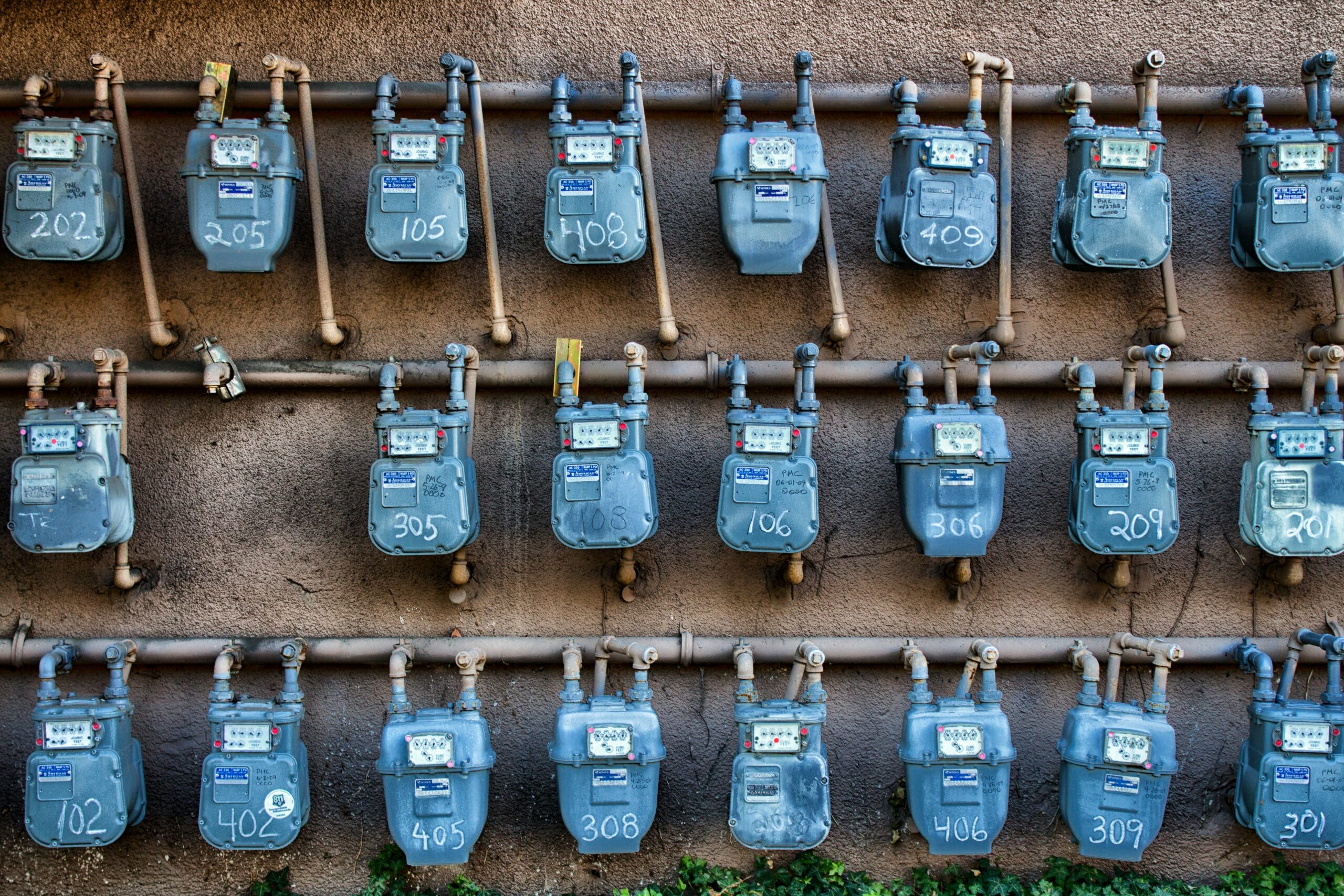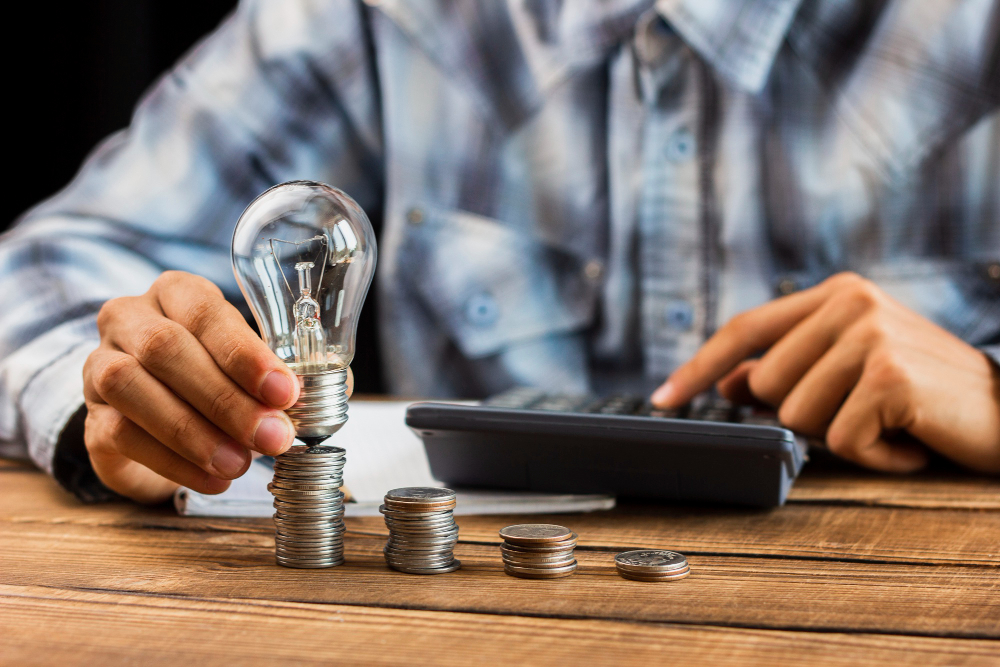Understanding Your Electric Bill
An electric bill typically comprises several components that collectively represent the total amount owed for consumption during a billing cycle. To effectively reduce electricity bills, it is crucial to understand how these charges are calculated and what factors contribute to elevated electricity costs. Primarily, an electric bill consists of three main categories: energy consumption, delivery charges, and various taxes or fees imposed by local governments or utility providers.
The energy consumption charge reflects the actual amount of electricity utilized, measured in kilowatt-hours (kWh). This portion of the bill is primarily influenced by the usage patterns of the household, which can fluctuate based on seasonal changes, lifestyle choices, and the efficiency of appliances. To save money on energy, it is beneficial to monitor electricity usage patterns and identify energy-intensive activities or devices that may lead to increased consumption.
Delivery charges, on the other hand, pertain to the costs incurred for transporting electricity from power plants to consumers. These charges can vary based on the utility company, the infrastructure in place, and geographic factors. Understanding these fixed costs can assist consumers in knowing that saving on electricity bills may not reduce this part of the bill significantly, but efforts can be directed towards reducing the variable energy consumption charge.
Taxes and fees, which are often imposed at the federal, state, and local levels, can further inflate electric bills. Staying informed about these additional charges may provide insight into potential variations in the overall costs and allow for budget adjustments. By diligently monitoring your bill and usage, you can identify areas to implement strategies to reduce power costs by 90%. Taking these steps will empower you to create a more energy-efficient lifestyle that will ultimately lead to significant savings on your monthly electric bill.
Implementing Energy-Efficient Practices

Adopting energy-efficient practices is a fundamental step towards lowering electric bills and saving money on energy costs. By integrating modern technology and mindful habits into everyday life, you can significantly reduce your energy consumption and, consequently, your electricity bills.
#1. One of the most effective strategies involves switching to energy-efficient appliances. Appliances that have the Energy Star label consume less energy than their conventional counterparts. By utilizing such appliances, households can save on electricity bills while also contributing to a more sustainable environment. When it comes to lighting, LED bulbs are an excellent choice; they not only provide better quality light but also use significantly less energy than traditional incandescent bulbs, consequently leading to lower electric bills.
#2. Introducing smart thermostats into your home can also play a crucial role in energy efficiency. These devices learn your heating and cooling patterns and adjust accordingly, ensuring that energy is used only when needed. This can greatly enhance your ability to save money on energy while maintaining comfort in your living space. Another crucial practice is unplugging devices when not in use. Many electronics continue to draw power even when turned off, a phenomenon often referred to as vampire power. Unplugging these devices can help you effectively reduce power costs by 90% over time.
#3. Optimizing your heating and cooling systems is equally vital. Regular maintenance and the use of programmable thermostats can lead to drastic improvements in energy efficiency. Sealing drafts and insulating your home can also help maintain a consistent temperature, which means less strain on your heating or cooling system. By implementing these energy-efficient practices, you can enjoy a significant reduction in electricity consumption and ultimately save money on energy, making a tangible impact on your overall financial health.
Investing in Renewable Energy Sources

#4. One of the most effective strategies to reduce electricity bills is through investing in renewable energy sources, particularly solar panels and wind turbines. While the initial investment may seem substantial, the long-term savings can significantly outweigh these upfront costs, ultimately allowing you to save money on energy. For instance, by harnessing solar energy, many families report reducing their electric bills by as much as 90%, thanks to decreased reliance on traditional electricity suppliers.
#5. Transitioning to renewable energy is not only an environmentally-friendly choice, but it can also be a financially savvy decision. Government incentives, such as tax credits and rebates, are often available to individuals who choose to install solar or wind systems. These financial benefits are designed to promote clean energy and can substantially lower the overall investment cost. Additionally, these incentives can shorten the time needed to recoup your investment, facilitating earlier savings on your monthly electricity bills.
#6. When considering renewable energy systems, it is essential to evaluate several factors to select the most suitable option for your home. Assessing your location, energy needs, and available resources will help in making an informed choice. Seek out reputable suppliers and conduct research on various systems to determine which installation would provide the highest efficiency and performance, thus maximizing your potential to reduce power costs by 90%.
#7. Numerous case studies exemplify the successful adoption of solar and wind energy solutions. For instance, a family in California reported a 95% decrease in their electric bills after installing solar panels. They not only benefited from lower electric bills but also increased their property value, showcasing that investing in renewable energy can yield substantial long-term gains. Embracing renewable energy sources represents a robust solution for homeowners aiming to drastically save on electricity bills while promoting sustainability in their communities.
Leveraging Smart Home Technology
In recent years, smart home technology has emerged as a powerful tool for homeowners looking to reduce their electricity bills. These advanced systems not only enhance convenience but also play a significant role in monitoring and managing energy consumption. By integrating smart devices into everyday life, it becomes easier to save money on energy while maintaining comfort and efficiency in the home.
#8. One of the most effective components of smart home technology is the smart meter. Unlike traditional meters, smart meters provide real-time data on electricity usage, allowing you to identify patterns and make informed decisions on your energy consumption. This real-time feedback can empower you to adjust your habits, thereby helping to lower electric bills significantly. By analyzing usage data, you can classify energy-intensive appliances and adjust your usage accordingly, leading to potential savings of up to 90% on power costs over time.
#9. Home automation systems offer further advantages by controlling devices remotely. Through intuitive smartphone applications, you can schedule when specific appliances operate or even turn them off when not in use. For instance, smart thermostats can learn your routines and adjust heating or cooling accordingly, ensuring that energy is not wasted during hours when the house is unoccupied. This ability to optimize energy use contributes to reducing power costs significantly.
#10. Additionally, energy monitoring apps can track electricity usage across various devices within the home. By pinpointing which items contribute most to expenses, you can make more strategic decisions about usage, thereby allowing you to save on electricity bills more effectively. Such apps are user-friendly and often provide tutorials on how to maximize energy efficiency.
In conclusion, by leveraging smart home technology, you can take crucial steps towards reducing electricity usage and increasing your potential to save money on energy. Through the adoption of smart meters, home automation systems, and energy monitoring tools, you can not only create a more efficient living space but also drastically cut your electric bills over time.
| Unlock the Power of Unlimited Energy While energy-efficient practices, renewable energy sources, and smart home technologies can drastically reduce your electric bill, what if there was a way to eliminate your electricity costs entirely? Imagine never having to pay an electric bill again, and generating unlimited, free energy right from your own home. Discover the secret behind Edison’s Lost Invention—a revolutionary technology that harnesses unlimited energy on demand. This breakthrough could change everything about how you think about power consumption. Click here to learn more about how you can access this extraordinary invention and transform your energy future today. Don’t miss out on the opportunity to take control of your energy needs and cut your costs to zero. |
Affiliate Disclosure: This article contains affiliate links, meaning I may earn a commission if you click through and make a purchase, at no extra cost to you.



